For work and play, I wear rubber boots a lot. Some have knee-high tops, which are great at keeping out water but awkward when sitting; others are useful for walking through muck, but lack traction on hard surfaces. With two pairs at work, and two at home, I have choices when I go boating. But most often, I turn to one particular pair: the Xtratuf 15″ Legacy Boot. Truly tough and highly waterproof, they’re nonetheless almost as comfortable as a big pair of wool socks.Made for deck work on Alaskan commercial fishing boats, these boots are designed to be strong and grippy, yet supportive enough for long periods of outdoor work. I wore my Xtratufs on a small-boat cruise along the Inside Passage every day for more than a month, with daily excursions over boulders, through cobble, and on barnacle-strewn beaches. The grip was equally good on natural surfaces as it was on deck, with one caveat: small shells and pebbles tend to get stuck in the tread, which can scratch wood floorboards and diminish the soles’ traction a bit. (On the bright side, picking pebbles out of the treads provides evening entertainment at anchor.) Two years later, the boots are still going strong, with barely a sign of wear. The soles provide a good grip ashore and aboard though pebbles can get caught in the tread and require removal by hand.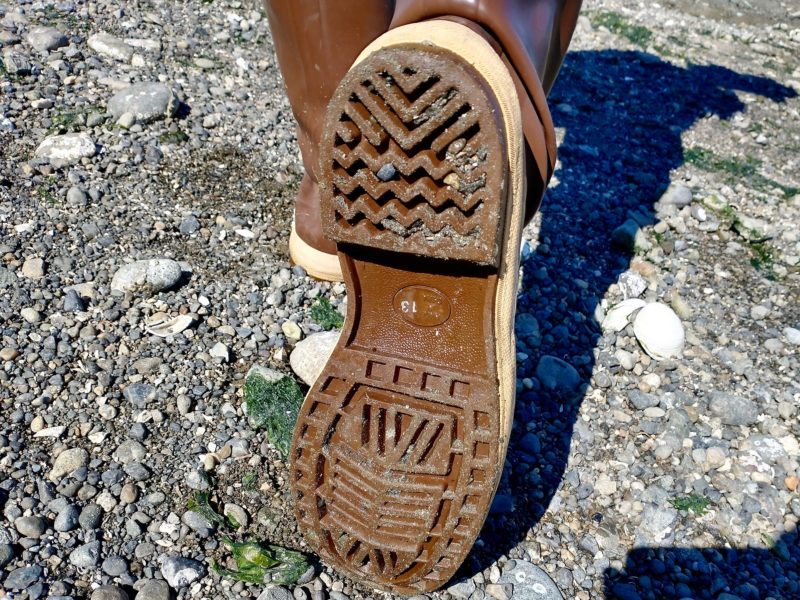 Photographs by the author
Photographs by the author
Join The Conversation
We welcome your comments about this article. To include a photo with your remarks, click Choose File below the Comment box.

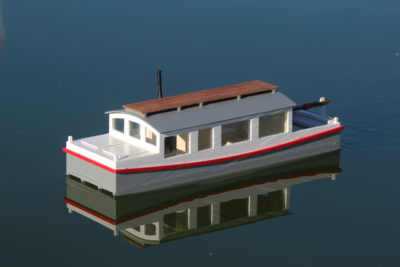


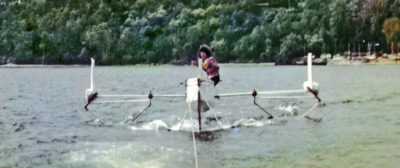

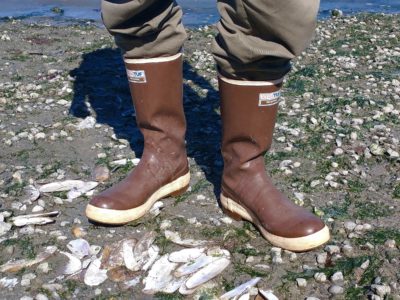
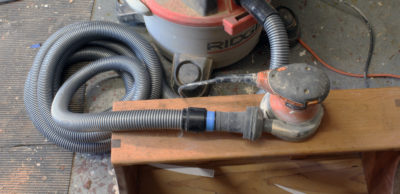
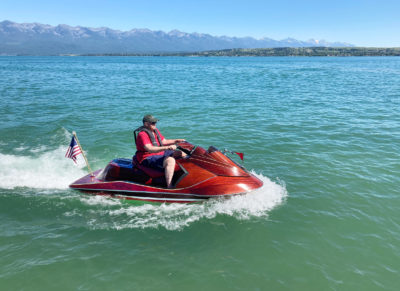
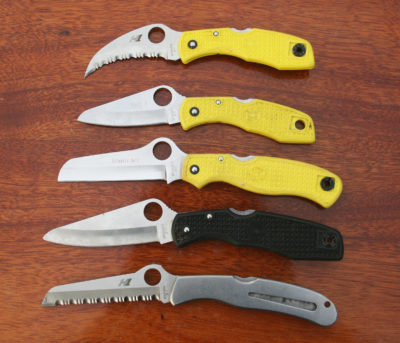
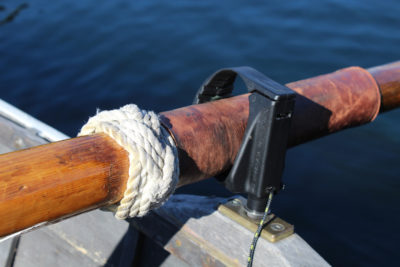

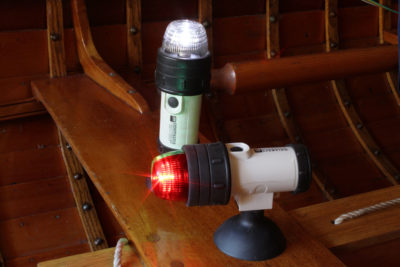
I first met Xtratufs in 1976 when my job transferred me to Ketchikan, Alaska. The person I was replacing told me to get a pair; they were the best for being out on slippery rocks, and much more comfortable than the green or black rubber boots available for a lot lower price. I took his advice and never regretted it. I quit that job and went to work for the US Forest Service on the Tongass National Forest as surveyor. I lived in my Xtratufs day in, day out. My last pair came with me to where I live now. I walk every day, and they had over 1200 miles on them, mostly on gravel roads, before they wore out.
The only drawback is that, if you puncture or cut them, they are almost impossible to repair. I have tried various products and none really lasted more than a couple of weeks of daily wear. Otherwise they are super great. I saw a while back that Rocky Boots has taken them over and I just hope they continue making them without changes or tweaks to make them cheaper.
Looks like this may be where I’m headed. The two pair of step-in boots with the grab loops I’ve now got have patches on patches.
And hint for drying out boots when you go over the top: crinkled up newspaper, let it soak up then replace.
My winter soap-stone dryers are also really good.
Bruce, do they tend to run large or small? Some of my boots are one size, other pairs another.
I see the 13 stamped in the photo so you can probably help me directly. I’m a 12.5 foot, so I have to decide between 12 or 13 in every sort of footwear. Boot-wise, for example, my NRS neoprene boots are 13s, my Servus rubber boots are 12s.
I found that it may be best to size up if you get the insulated version. Normally I wear a size 12 regular XtraTuf, but a size 13 fits better in the insulated boot.
Chistophe, I almost always wear a size 12 (I usually wear Keen shoes if that helps). The Xtratuffs are roomy, but not vast. Size 13 is comfy with a single pair of socks. Fine with two pairs for the winter. Hope that helps.
Xtratuf boots differ from other typical “rubber” type boots in that they are an ankle-fit boot which contributes to their comfort when walking as Bruce mentioned. I’ve lived up the Inside Passage from Ketchikan in Juneau all my life and sold thousands of pairs of these boots in my store, and not too many other boots like them. Indispensable in our maritime environment. Possibly because of the ankle fit they don’t feel big to people with wider feet. For myself, narrow foot, I wear 11 in most shoes but 10 in Xtratufs. I know, big help right?! 🙂
Don’t buy Made in China unless as absolutely necessary!